Product Consultation
Your email address will not be published. Required fields are marked *
Setting up a home office has become a priority for many people working remotely or spending significant time at their desks. One of the most critical investments in this setup is the office chair. Unlike other office furnishings, your chair directly affects your posture, comfort, and long-term health. So, the question arises: How much should you spend on a home office chair?
This article breaks down the factors that influence the price of home office chairs, what different price ranges offer, the features worth paying for, and how to choose a chair that matches your work habits and budget.
Before diving into costs, it’s important to understand why investing in the right chair is essential:
Ergonomics: A good chair supports your spine, reduces pressure points, and encourages proper posture.
Productivity: Comfort and proper positioning reduce fatigue and increase focus.
Health Benefits: Long-term use of poor-quality chairs can contribute to back pain, neck stiffness, and carpal tunnel syndrome.
Durability: Higher-quality chairs typically last longer, saving money over time.
Here’s a breakdown of typical price categories and what each can offer:
| Price Range | What You Can Expect |
| Under $100 | Basic models with limited adjustability, minimal lumbar support, and simple materials. Good for short-term or occasional use. |
| $100–$250 | Moderate comfort and features such as adjustable height, basic tilt, and mesh backs. Suitable for part-time use or light daily work. |
| $250–$500 | Better ergonomics, multiple adjustable features (armrests, lumbar support, recline), and improved materials. Ideal for daily use. |
| $500–$1000 | High-end ergonomic design, premium materials (such as breathable mesh or leather), warranties, and long-lasting build quality. Designed for intensive use. |
| $1000+ | Premium chairs like Herman Miller or Steelcase with cutting-edge ergonomics, stylish designs, and robust warranties. A long-term investment for full-time professionals. |
When evaluating how much to spend, look for features that align with your work habits and comfort needs:
Seat height adjustment: Essential for proper leg alignment.
Lumbar support: Prevents lower back strain.
Tilt and recline tension: Supports active sitting and posture variation.
Adjustable armrests: Reduce wrist and shoulder fatigue.
Seat depth adjustment: Helps you maintain thigh support without cutting circulation.
Breathable mesh: Promotes airflow and keeps you cool.
High-density foam cushions: Provide long-term support without flattening.
Durable frame: Metal or reinforced nylon ensures long-lasting support.
Paying a little more for a trusted brand often means better warranty service and support. A 10–12 year warranty isn’t unusual for chairs over $500.
The number of hours you sit each day is one of the most important considerations in determining how much to spend:
| Daily Use | Recommended Budget |
| Less than 2 hours | $50–$150 |
| 2–4 hours | $150–$300 |
| 4–6 hours | $250–$500 |
| 6–8+ hours | $400–$1000+ |
If you work full-time from home, investing in a higher-end chair is often more economical in the long run than dealing with pain or having to replace a cheaper chair every 1–2 years.
Rather than focusing solely on the upfront price, consider the cost per year over the chair’s expected lifespan.
For example:
A $100 chair that lasts 2 years costs $50/year.
A $700 chair with a 10-year warranty costs $70/year.
The long-term comfort, reduced medical issues, and improved productivity often make higher-end chairs more cost-effective in the long run.
Here are some typical price tiers and popular chair options in each:
Budget Chairs ($100–$200)
Examples: IKEA Markus, Amazon Basics Mesh Chair
Pros: Affordable, minimal design
Cons: Limited adjustability, not ideal for long sessions
Mid-Range Chairs ($250–$500)
Examples: Branch Ergonomic Chair, Secretlab NeueChair
Pros: Good ergonomic support, attractive design
Cons: May lack fine adjustments or high-end finishes
Premium Chairs ($500–$1000+)
Examples: Herman Miller Aeron, Steelcase Series 1 or Leap
Pros: Long-term durability, top-tier comfort, excellent support
Cons: High upfront cost
Try before buying: If possible, test the chair in a showroom or read in-depth reviews online.
Check return policies: A good return policy lets you evaluate the chair at home risk-free.
Measure your space: Ensure the chair fits comfortably under your desk and in your room.
Don’t overspend for aesthetics: Looks matter, but prioritize ergonomics and function.
Watch for deals: Premium chairs often go on sale or appear refurbished from trusted sources.
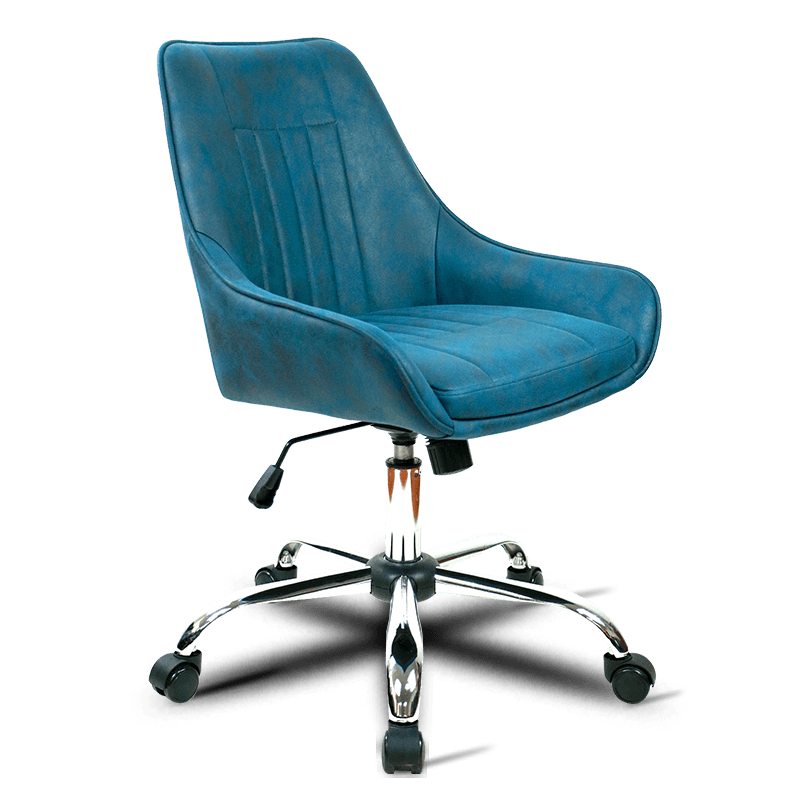
The amount you should spend on a home office chair depends on how much you sit, your comfort needs, and your budget. For short-term or occasional use, you can find decent options under $200. But if you're spending several hours a day at your desk, investing in a higher-quality ergonomic chair in the $300–$1000 range is often well worth it.
Think of your office chair as a tool for your health and productivity—not just another piece of furniture. Spending wisely now can save you from discomfort, lost productivity, and medical expenses later on.
What ergonomic features are commonly integrated into mesh office chairs to support prolonged sitting?
Jul 03,2025What Are the Popular Design Styles for Home Dining Chairs?
Jul 16,2025Your email address will not be published. Required fields are marked *
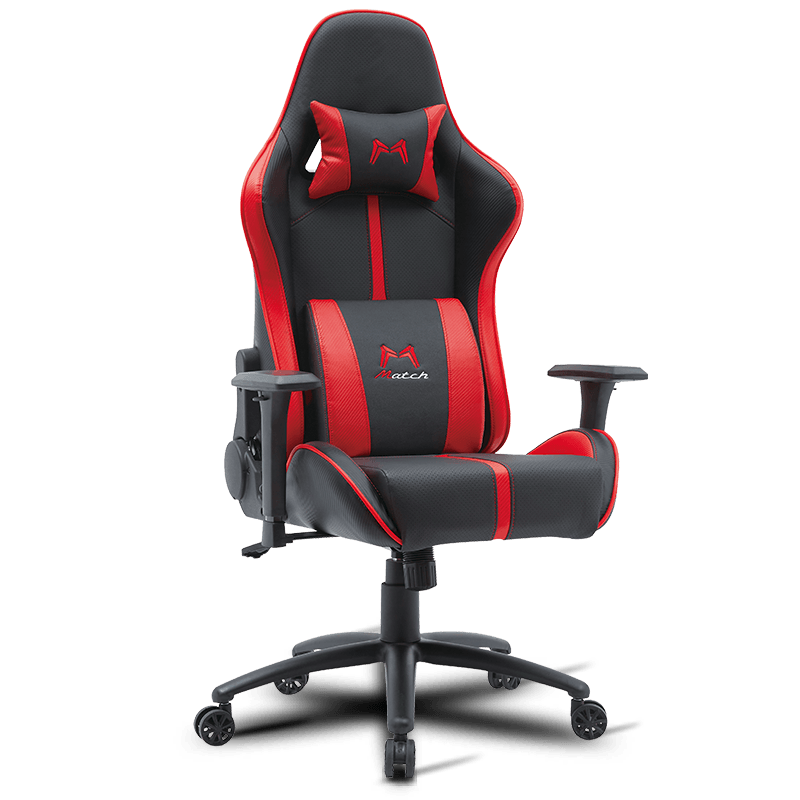
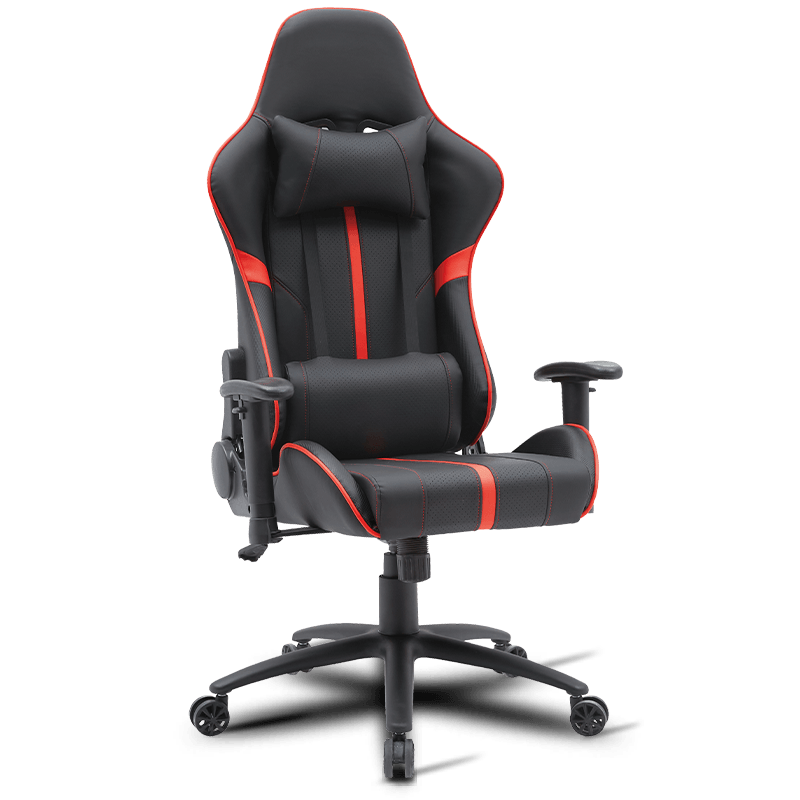

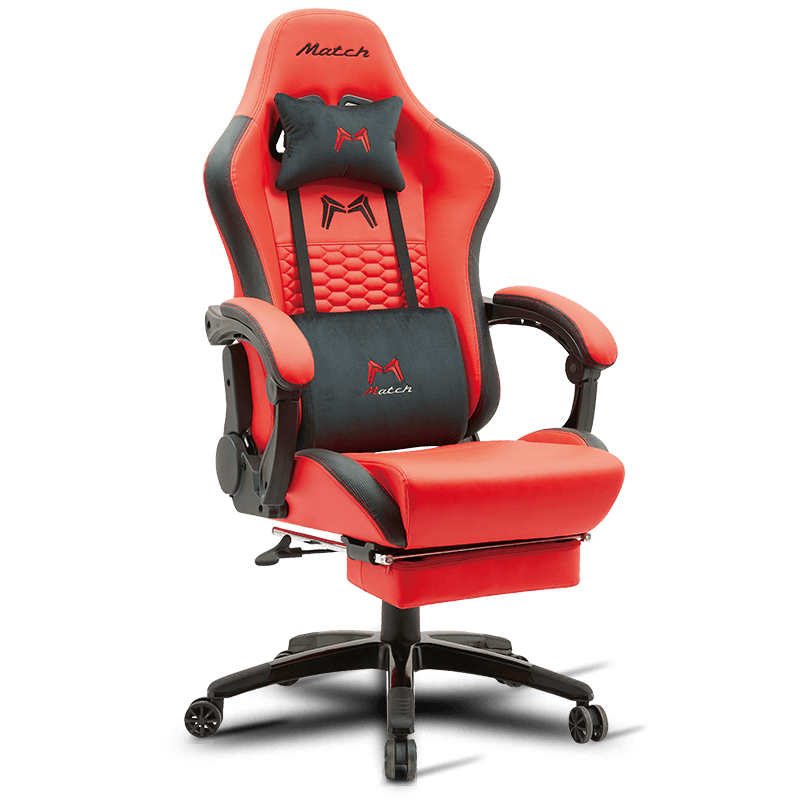
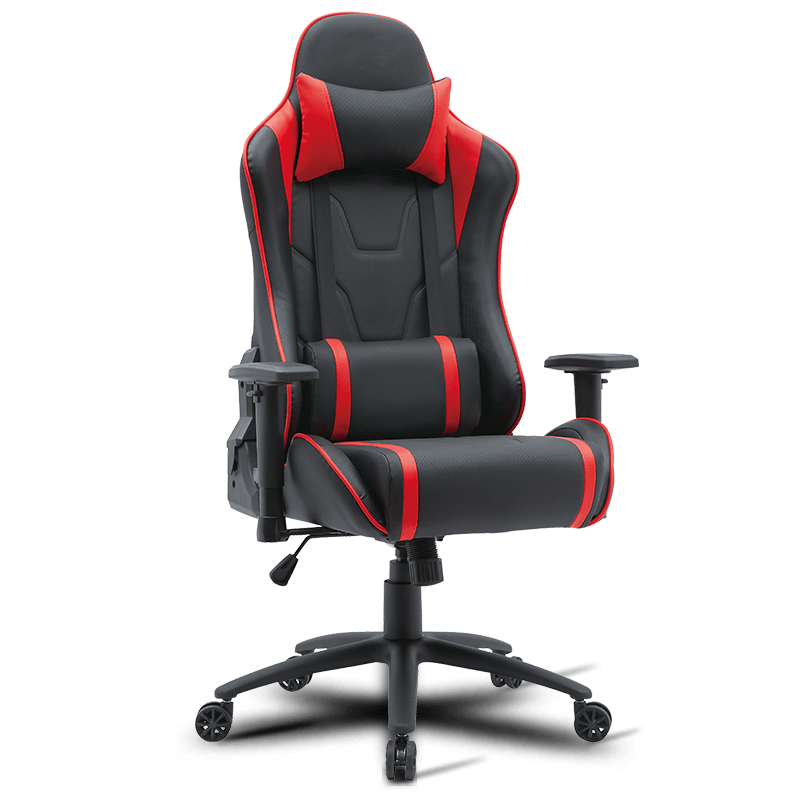
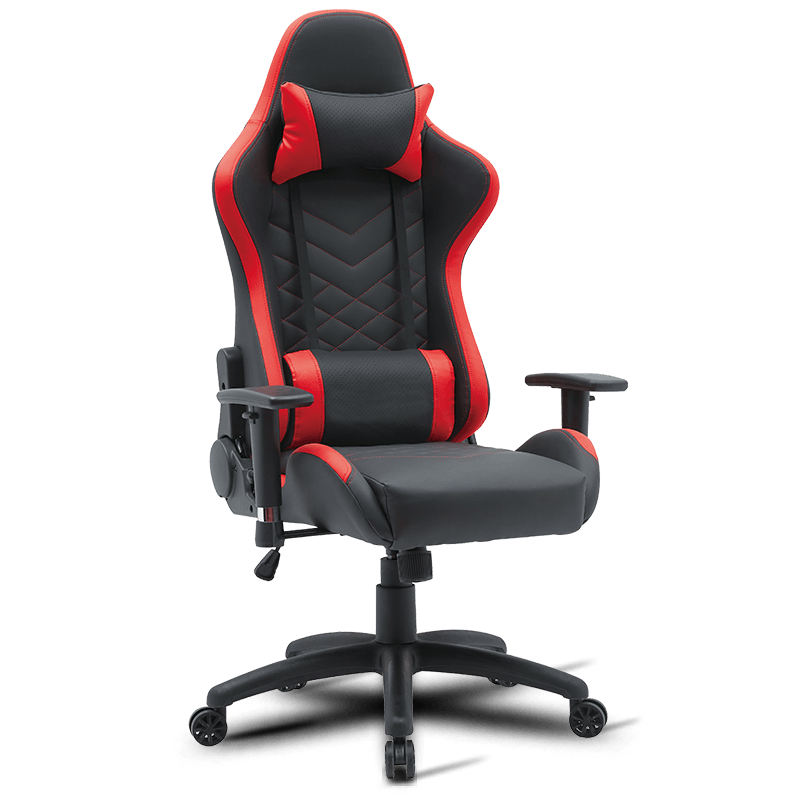
Tangpu, Huzhou, Zhejiang, China
0086-15088380506
Copyright © Anji Mingchuang Furniture Co., Ltd. All Rights Reserved.
